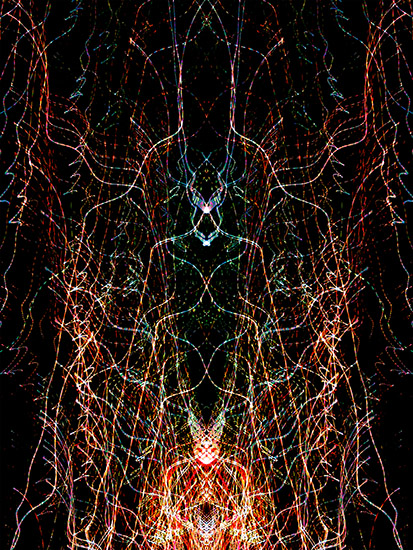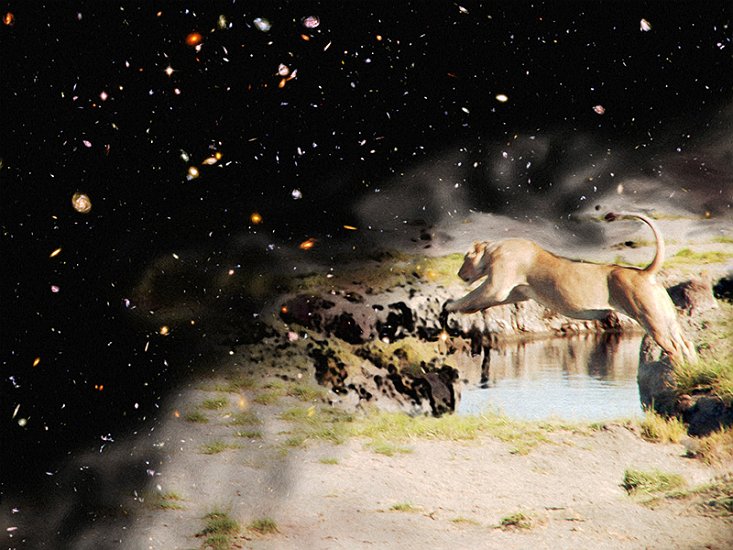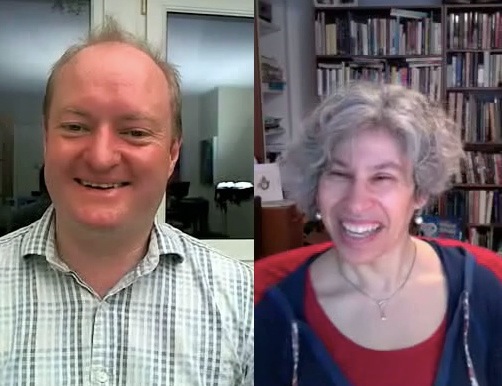
Part II
Invite thought leaders with different world views so that participants benefit from a diversity of perspectives
With a center of gravity in Open Space Technology – a process that supports self-organization, it took me years of experimenting to conclude that in some circumstances a few well chosen thought leaders can add value by speaking at a gathering. Among their benefits: they can help to frame an ambiguous question so that participants have some common reference points. They can stimulate new thinking. And they can provide shared language around complex topics.
Too often, all, or most, of the luminaries invited to speak are older white men. Particularly when the participation is diverse, this choice makes less and less sense. I have been far too guilty of this in events that I’ve run! When I recently experienced it from the other side, I noticed how much I checked out as I got more and more impatient with a homogenous world view (e.g., male, Christian-Judeo, of a similar age and largely shaped by similar world events). Even when the topics themselves varied, the speakers began to sound alike to me. The sad part was that every one of the people chosen was wise, caring, and definitely worth hearing! And yet I was aware of the common cultural assumptions among them all. I longed for voices, wise voices, of people who had a different life experience. I wanted a tapestry of perspectives that included people whose world view was radically different from my own.
Design Suggestion
When responsible for a conference design, encourage the hosting group to step back from their first thoughts of who gets to speak to the whole group and consider factors beyond the content they bring. In addition to being thought-provoking, what’s the mix of ethnicity, gender, geography, generation, and roles among the few who are chosen? Will participants see themselves in the mix? Will they experience at least one view so completely different from their own that it disrupts their assumptions about how the world works? Finding a mix that suits the purpose of coming together is an art worth cultivating.
And then there’s the coaching of the speakers, or conversation catalysts, as I’ve come to think of them. Some have a natural gift for showing up in a co-creative partnership. Others, often among those who have been speaking for years, do it well, and yet in an environment where engagement is key, they can come across as bringing knowledge from “on high”. I find that the more a luminary brings not just their wisdom but also their curiosity, the more alive their contribution becomes. Being curious seems to bring with it a humility that changes their relationship with a group in profoundly authentic ways.
One last point: keep it brief! Very few people have the gift to hold attention for more than 20 minutes at a stretch. And even those who do have a chance for a different experience when invited to assume they’ll be interacting with participants.
Since Engaging Emergence: Turning Upheaval into Opportunity came out in 2010, I have had more opportunity to experience life on the other side of the podium. As someone who has built a practice around creating welcoming conditions for others to speak, I was challenged by the expectation that I’d offer my ideas as well as engaging the people in the room. Dissatisfied with what I was doing, my experiments got bolder. Last year, I finally found a strategy that works for me. And it now informs my coaching to others when they are invited to speak at conferences I host.
My breakthrough experience was a ninety minute session with a group of 200 business leaders at a management conference in Perth, Australia. The chairs were set theatre style. Within moments of being introduced, I invited people to take a few minutes to get out of their seats and talk to at least three people about something related to the topic (emergence in organizations) that made them curious. I’d never done something like that at a scale of several hundred people before. Within minutes, the room was abuzz. And then I asked them to form clusters with others who seemed to be interested in similar questions. When we harvested the questions, I got a taste of where to put the emphasis of my remarks. They were now actively listening through their own questions. And they met some kindred spirits.
It worked.










